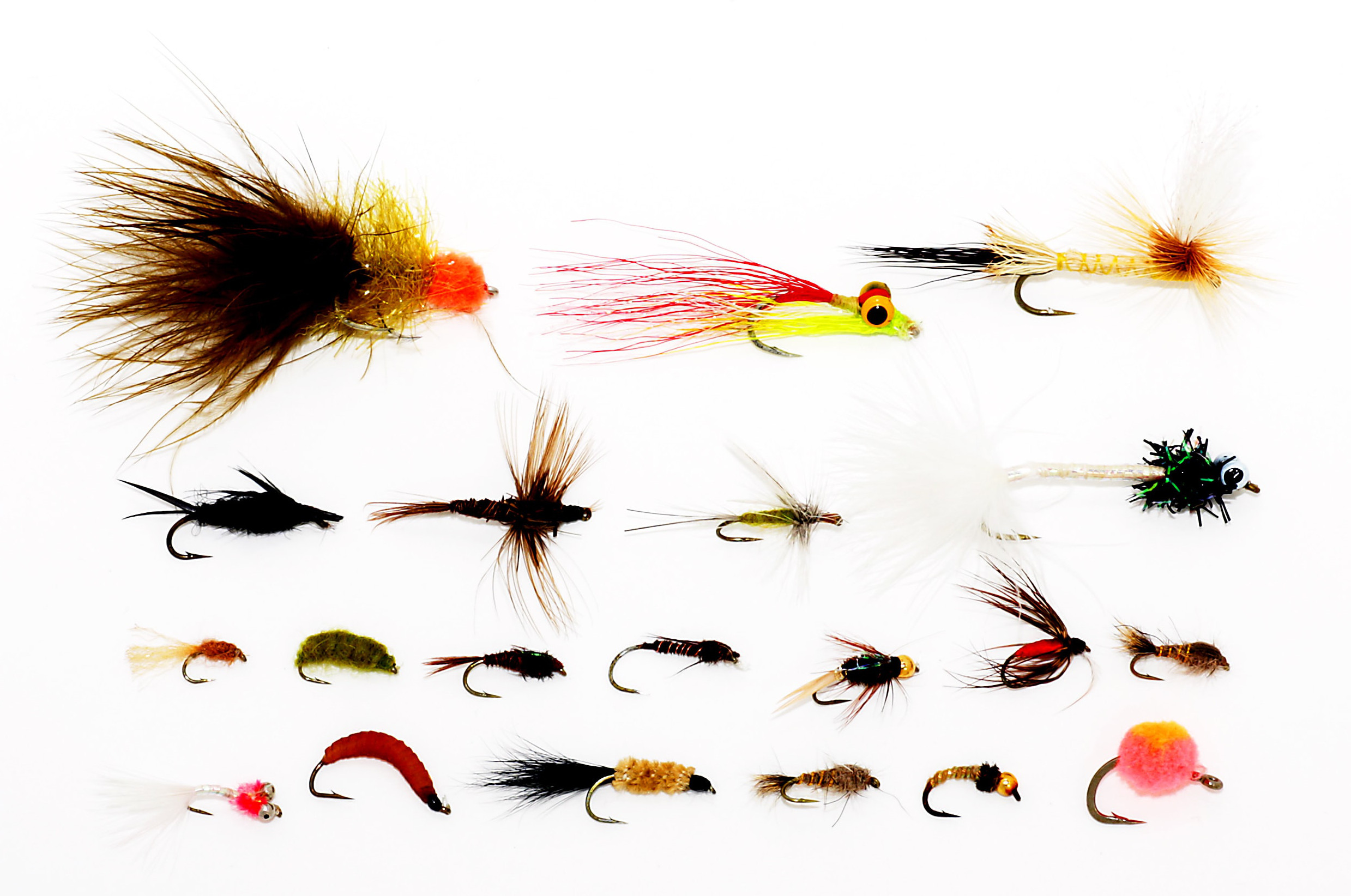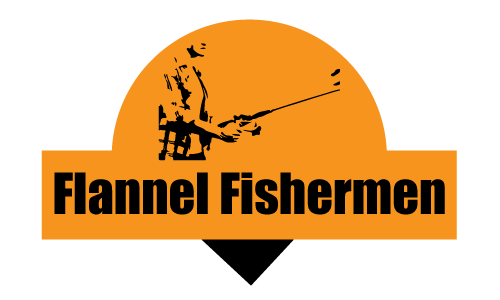Flies for Catching Different Types of Salmon

It only needs to happen once. The first time a salmon explodes out of the water on the end of your line, you’re hooked. You can experience that thrill countless times over a lifetime and never get tired of the excitement. We share your love for the fight, and our salmon up here in Alaska really deliver.
So many anglers dream of connecting with that one big fish, but there’s no such thing as a fly that guarantees hits. It seems like there are as many patterns to choose from as there are stars dancing with the Northern Lights. Still, whether you tie or buy, we recommend these reliable options. Our overview lays out a pretty good match between different salmon and flies that usually prove effective when you’re fishing in Alaska.
Flies for Chinook Salmon
We’re rightfully proud of our official state fish. The chinook weighs in as the largest of all Pacific salmon with trophy catches tipping the scales at 60 pounds. Also known as king salmon, these fish put up a tremendous fight. If you’ve ever wondered what it’s like to be worn out after winning a 30-minute battle on the river, come tangle with a big chinook from the middle of June through the end of July.
Fly fishermen on our Alaskan waters have pretty good luck chasing chinook with:
- Prawns, fat Freddies, and articulated hairball leeches.
- Big flies with plenty of weight in the #2 to #5 size range.
- Heavy fly options like squid, shrimp, and marabou.
- Middle to large profiles tied in contrasting colors.
- Large egg patterns dead-drifted and bottom-bounced for picky kings.
Never underestimate the power big chinook packs when he hits your fly. Arm yourself with a 10- to 12-weight fly fishing rod and fast sinking line. A top-shelf reel with quality drag also gives you a huge advantage.
Flies for Sockeye Salmon
From late June through August, these aquatic acrobats never cease to amaze. They aren’t the biggest fish in Alaska, but pound for pound, they’re one of the most aggressive. We call them reds too, and they average 4 to 8 pounds, but we’ve seen jaw-droppers weigh in at 12 pounds and up. Sockeye is naturally a favorite catch for anglers on the major Alaskan river systems flowing into Bristol Bay.
Reds can be a challenge because their ocean diet is primarily tiny zooplankton, so we suggest:
- Flies sized #4 through #8 on strong saltwater or salmon hooks.
- Small, sparse dead-drifted flies like copper swans with bead heads and wire bodies.
- Montana brassies in classic color combos like green and olive or copper and white.
- Small profile flies with contrasting colors at hook bends for fussy sockeye.
If colors don’t do the trick, try a flesh fly, but be prepared to attract dollies, rainbows, and graylings with your switch-up. We don’t mind landing something other than what we’re after especially when reds get really spooky.
Chum Salmon
If you’re catching this fish by accident, take him seriously, and start angling for chum. Also known up here as keta, this is one of our most widely distributed salmon, so you can always cast your luck in its direction. Chum season starts in June, peaks in July and runs strong through August. Expect to land fish in the 10- to 20-pound range, and expect a fierce fight that rivals kings.
Chum usually earn their reputation as easy catches especially if you chase them with:
- Small flies tied with bright colors.
- Pink and purple combos on Clouser Minnows.
- Fast-sinking flies with heavy lead eyes and marabou bodies.
- Fuchsia and pink egg hairball leeches.
- Flies with plenty of flash and motion.
You’ll catch most keta within a couple of feet of the bottom, but it’s fun to bring out their aggression with a surface fly. Definitely, use a 7- or 8-weight rod preferably in the 9-foot range. It’s worth noting that chum is always partial to pink. We chalk up this preference to their sea diet of squid and shrimp.
Silver Salmon
These fish keep us angling from late July through the middle of September with weights ranging from 10 to 20 delicious pounds. When you dine on this fine fish at a favorite restaurant, he’s billed on the menu as Coho Salmon. We love the way silvers go wild on a hit. From sky-high leaps and line-tangling twists to runs that set the river on fire, coho is always aggressive fighters.
We count on silvers to show us a good time with their eager willingness to strike:
- Pollywog surface poppers with spun deer-hair bodies.
- Articulated hairball leeches with big profiles and heavy eyes.
- Large flies in chartreuse, orange, and pink for river entrances.
- Darker purple and black patterns for upstream cohos.
- Bright colors when they’re laying low in the murky water.
Call them silvers, or call them coho, but know that they really go for fast strips on the surface. Just resist the temptation to pull back too quickly. When you land a spotted silver, you understand its reputation as the “prince of fall.”
You Be the Judge
Whether you’re fly fishing for Alaskan kings or casting for coho in Lake Michigan, you’re chasing a game fish that earns every angler’s respect. We love salmon on the end of our line, and we love them on our dinner plates. With the perfect combination of weather, location and a little luck, you can hook that one big fish you dream about. Hopefully, our quick overview matching flies and salmon helps too!
We just don’t think it’s fair to say that one fisherman’s choice is better than another’s. We all put a lot of thought, patience, and hope into our fly boxes. Sometimes, we get it wrong, and sometimes we just can’t miss. You’re always welcome to head up for some Alaskan Salmon Fly Fishing at the very well-liked No See Um Lodge. They promise to let you be the final judge on which fly catches the most fish!
